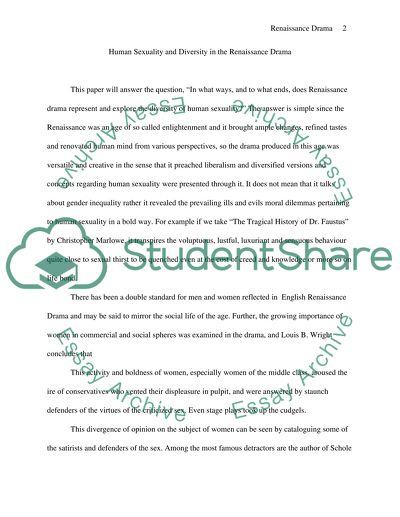Cite this document
(“Human Sexuality and Diversity in The Renaissance Drama Essay”, n.d.)
Retrieved de https://studentshare.org/performing-arts/1510372-human-sexuality-and-diversity-in-the-renaissance-drama
Retrieved de https://studentshare.org/performing-arts/1510372-human-sexuality-and-diversity-in-the-renaissance-drama
(Human Sexuality and Diversity in The Renaissance Drama Essay)
https://studentshare.org/performing-arts/1510372-human-sexuality-and-diversity-in-the-renaissance-drama.
https://studentshare.org/performing-arts/1510372-human-sexuality-and-diversity-in-the-renaissance-drama.
“Human Sexuality and Diversity in The Renaissance Drama Essay”, n.d. https://studentshare.org/performing-arts/1510372-human-sexuality-and-diversity-in-the-renaissance-drama.


